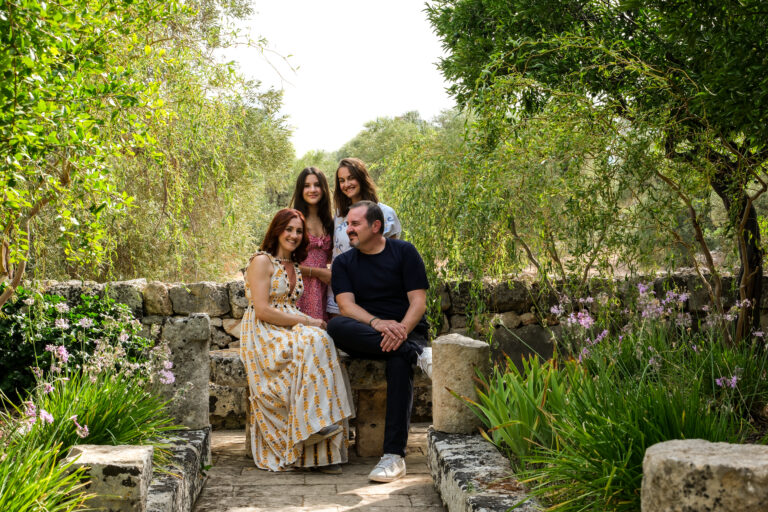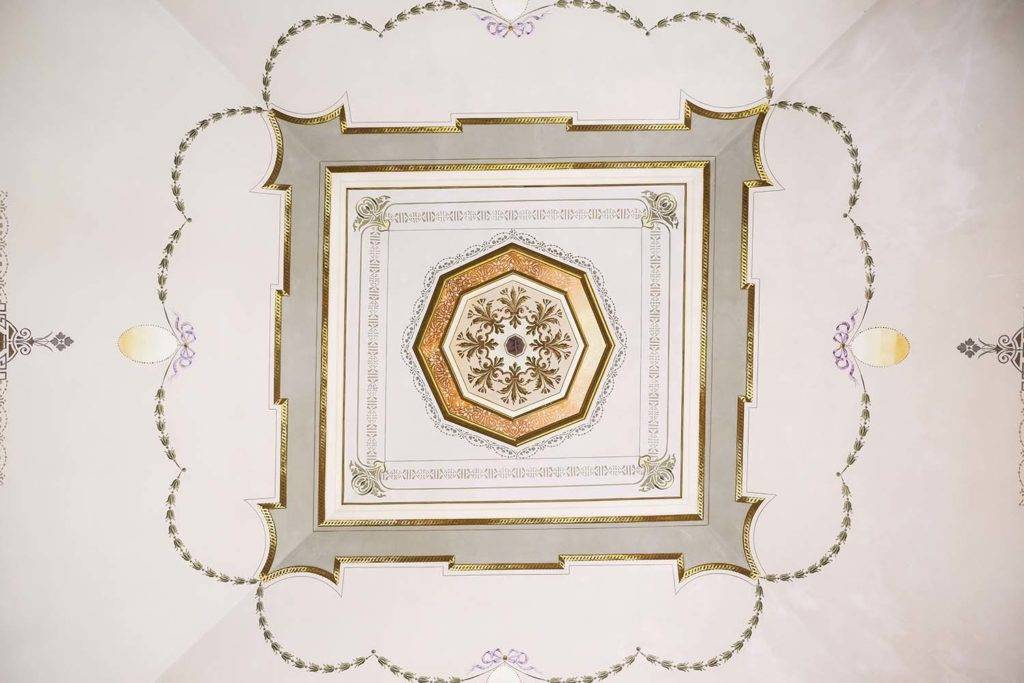
Welcome to Masseria
We look forward to welcoming you to our facility and make you live an authentic and one-of-a-kind experience. In the splendid setting of the Apulian countryside we will take you back in time to discover nature and our traditions.
Here every blade of grass seems to contain an entire library dedicated to marvel, silence and goodness and we will do our best to amaze you throughout your stay.

The Story
The monumental complex of Masseria D'Erchia (XI-XIX), surrounded by twelve hectares of "the valley of secular olive trees", is located in the Municipality of Monopoli (BA) a few steps from the sea and the city center.
The first settlements of Masseria D'Erchia are among the most important examples of the rupestrian culture which developed in Puglia around the Ninth to Twelfth centuries. The rock settlements arose near streams of torrential origin, called "lame" or "mene"", and were generally made up of an organic complex of caves each used for a specific purpose (houses, workplaces, churches).
Subsequently, in the 16th century, in the upper-north part of Lama Don Angelo, the local population built the original nucleus, consisting of a watchtower to defend against the Saracen raids.
The original tower was subsequently enlarged in 1875 by the D'Erchia family to reach its current consistency.
The masseria is currently defined as a court or fence type, and is located on two levels: on the ground floor there is the settler's house and a perfectly preserved oil mill annexed to agricultural processing rooms, and on the upper floor there is the manor house surrounded by a large terrace (roofing of agricultural warehouses), also accessible by an external staircase.
The building consists of tuff load-bearing walls and vaulted ceilings.
Walking in the courtyard, we discover other accessory elements such as: the upper orange grove with the visible guard tower with a domed roof; the oven; a masonry staircase that connects to the lower orange grove, surrounded by tuff walls about 4 m high, where the hydraulic systems for watering of citrus trees, powered by a deep cistern and an agricultural processing area, are still visible; an irregular staircase carved out of the rock that leads to the underground rooms and to the Aveo of Lama Don Angelo, crossing the whole property from east to west for about 500 m. The ancient caves underneath the masseria, housed the stables, the underground fireplace, the oil mill and the resting places for its ancient workers.
